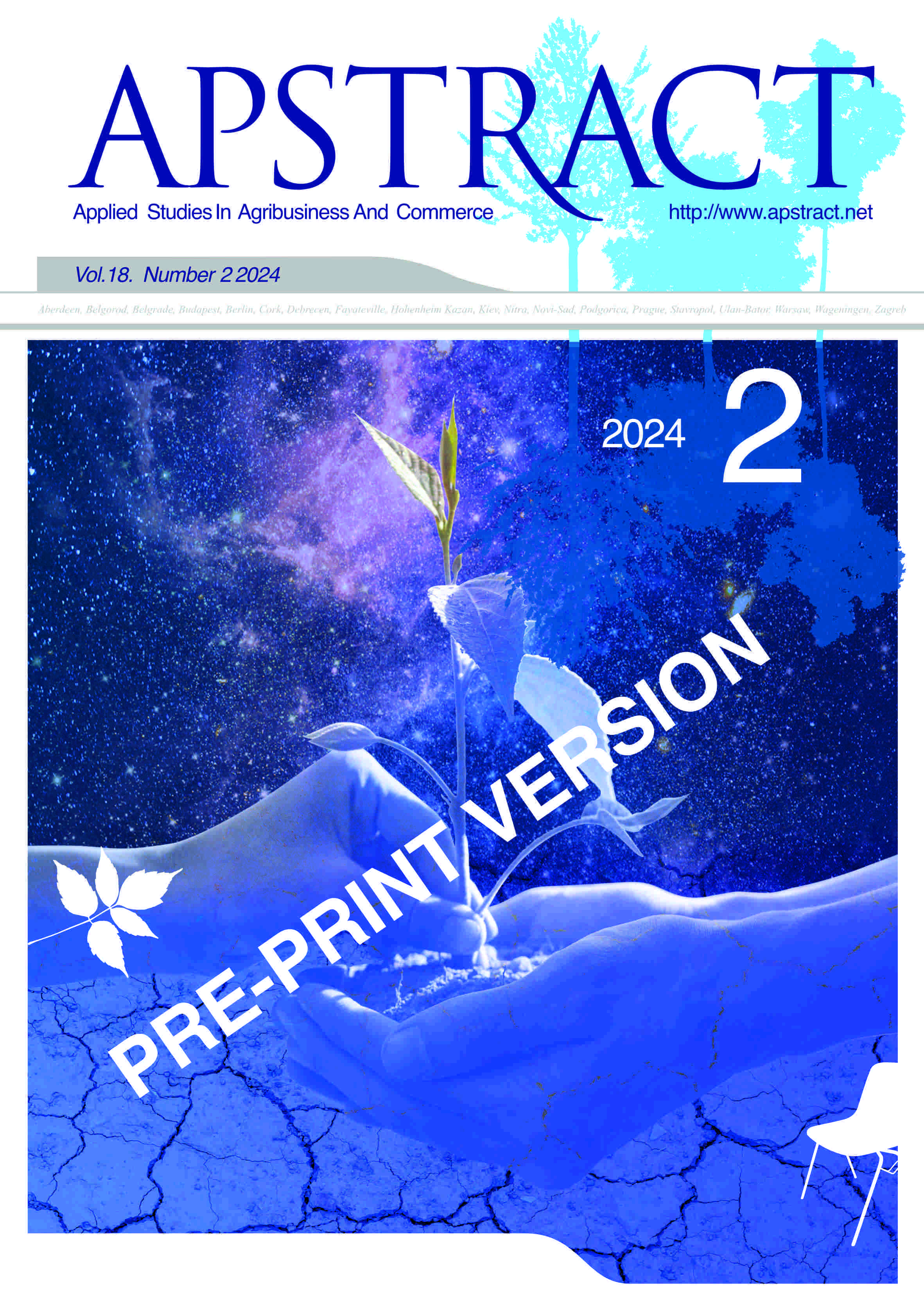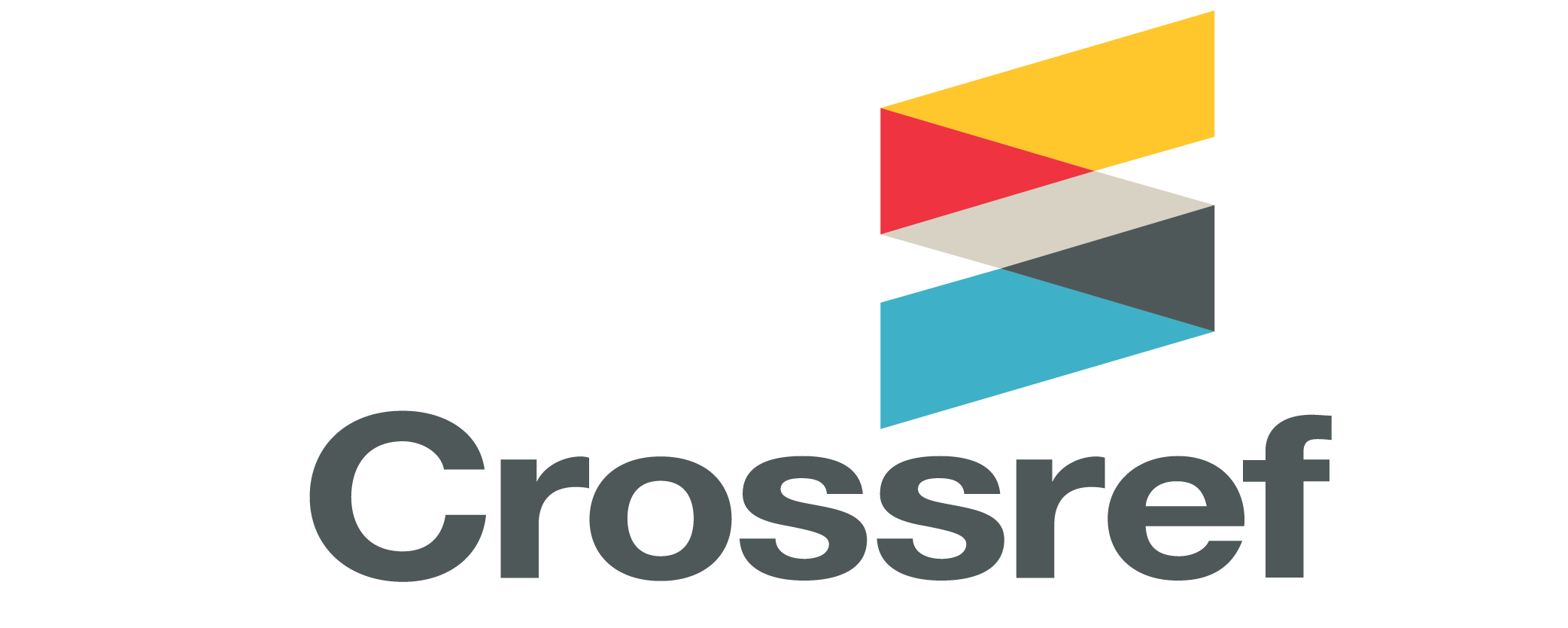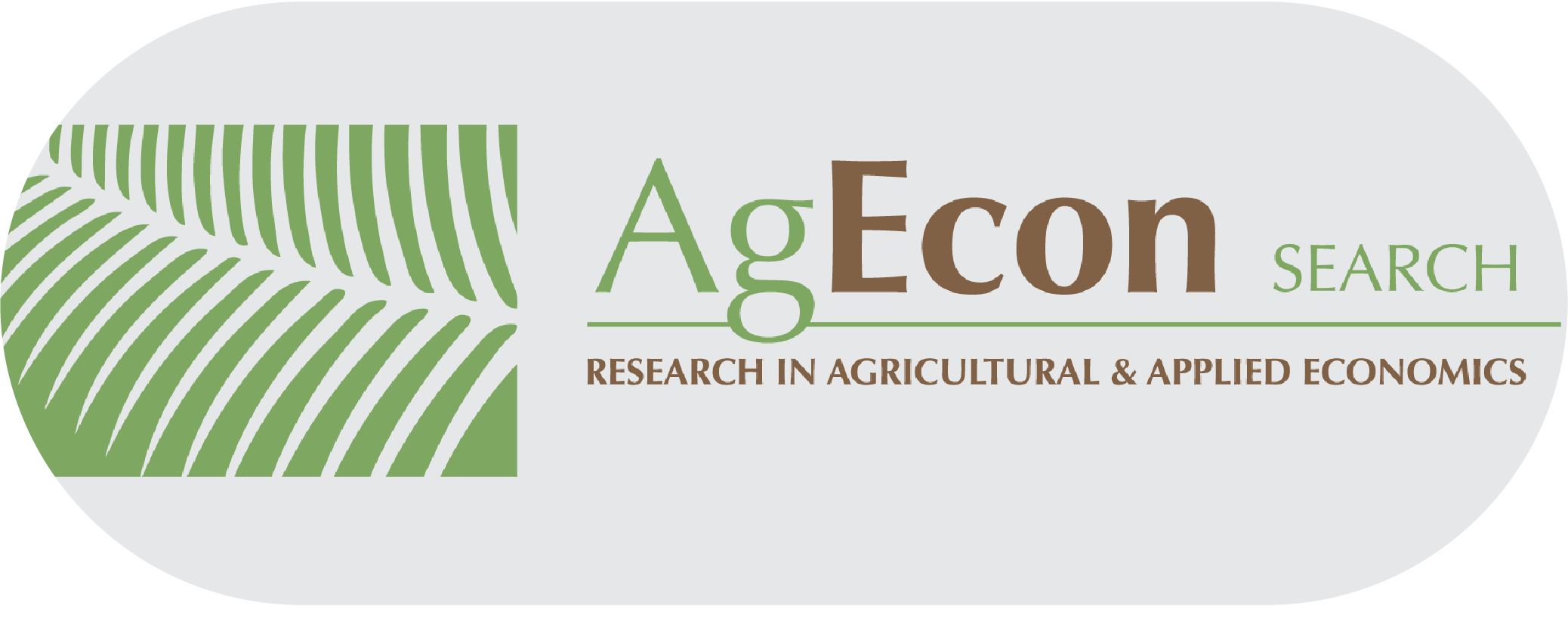LAND CONTROL AND POVERTY STATUS OF FARMING HOUSEHOLDS IN NIGERIA
Author
View
Keywords
License
Copyright (c) 2024 Olubunmi O. Alawode

This work is licensed under a Creative Commons Attribution-NonCommercial 4.0 International License.
How To Cite
Accepted 2024-12-29
Published 2024-12-30
Abstract
Poverty is pervasive among the majority of farming households in Nigeria, particularly affecting small-scale farmers. Having gained access to land, control over the land held is very important in improving the quality of life as it plays a vital role in poverty reduction among small scale farmers. This study examined the relationship between land control and poverty status of farming households in Nigeria. The Nigeria General Household Survey (GHS) 2018 was used. Analytical tools used include descriptive statistics, Land Control Index (LCI), Ordered probit regression and Logit regression models. From the results, majority of the Nigerian farmers were male (84.6%) with a mean age of 50±15years, and 81.1% were married, having a mean household size of 7±4 persons. The mean farm size held by the households was 4.42±14.9ha. Farming households had access to the highest proportion (62.79%) of their plots by inheritance, still showing the dominance of inheritance as a means of land access in Nigeria. Also, households had access to 11.80% of the plots by outright purchase, 11.20% by rent in cash or kind (farm produce), and 0.64% by sharecropping; these underscore the growing rural land market in Nigeria. Majority (88.8%) of the households had no control over all the plots of farmlands held (LCI=0) while 6.03% had total control of the plots of farmlands held (LCI=1). This implies that majority can only carry out farming activities (having use right) on the farmland and did not possess legal documents for the land (not able to dispose of the land). The mean household expenditure on food and non-food were ₦8,609.37 and ₦12,587.08, respectively. The mean total expenditure was ₦18,809.20(±10444.45) and the poverty line was ₦8,433.34. The poverty incidence was 41.03%; 41.03% were poor while 58.97% were non-poor. Location of household in the rural sector, especially in the North East, South West, and South East, was significantly positive in determining the level of land control by farming households at 1%. At 10% level of significance, low land control (HCI≤0.25) and medium land control (HCI=0.51-0.75) would significantly increase the likelihood of the household being non-poor by 27.4% and 33.6%, respectively. Land control positively influences the poverty status of the farming households in Nigeria; farming households with low land control can increase their chances of being non-poor. Rural farmers should be encouraged to obtain legal documents on their land to facilitate higher level of control.


 https://doi.org/10.19041/APSTRACT/2024/2/6
https://doi.org/10.19041/APSTRACT/2024/2/6




